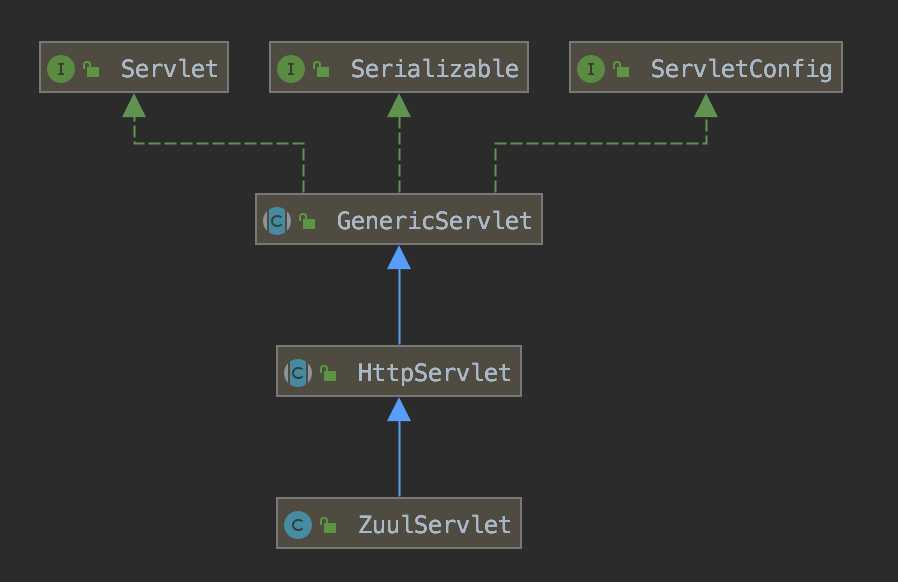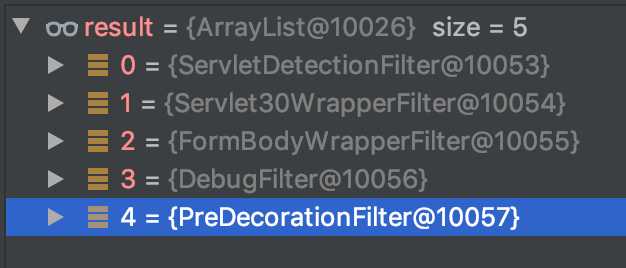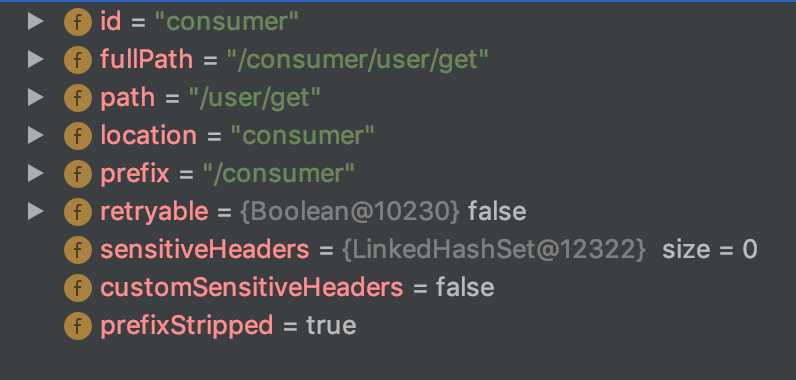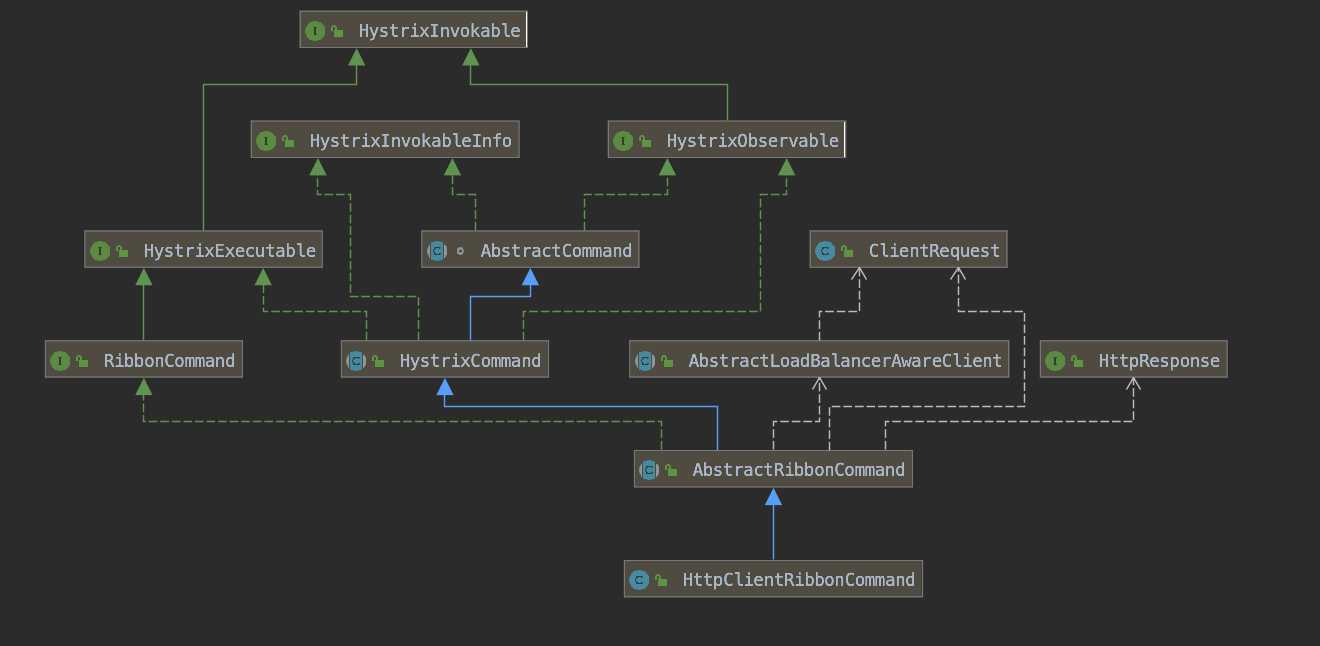标签:点数据 character protect 发送 let override lex 文章 请求响应
https://www.cnblogs.com/lay2017/p/11908715.html
zuul在分布式项目中充当着一个网关的角色,而它最主要的功能像nginx一样针对上游服务器做反向代理。我们可以将它理解为一个服务的门面,作为客户端来说不需要再面向各式各样的服务,只需要面向zuul即可,简化了客户端与服务端的交互关系。
既然,zuul成为了客户端与服务端的中间层,那么zuul显然可以进行拦截、记录、安全管理、路由...等等各种处理。本文,将从路由这个点切入,看看路由的过程。
首先,客户端和服务端的交互显然少不了的http,所以先找到zuul针对Servlet的实现

可以看到,ZuulServlet直接继承了HttpServlet。所以,ZuulServlet依然走的是http通信协议,我们跟进ZuulServlet的service方法。
@Override public void service(javax.servlet.ServletRequest servletRequest, javax.servlet.ServletResponse servletResponse) throws ServletException, IOException { try { init((HttpServletRequest) servletRequest, (HttpServletResponse) servletResponse); // 初始化一个上下文 RequestContext context = RequestContext.getCurrentContext(); context.setZuulEngineRan(); // 路由前置处理------------------- try { // pre类型的ZuulFilter preRoute(); } catch (ZuulException e) { // error类型的ZuulFilter error(e); // post类型的ZuulFilter postRoute(); return; } // 路由处理----------------------- try { // route类型的ZuulFilter route(); } catch (ZuulException e) { // error类型的ZuulFilter error(e); // post类型的ZuulFilter postRoute(); return; } // 路由后置处理-------------------- try { // post类型的ZuulFilter postRoute(); } catch (ZuulException e) { // error类型的ZuulFilter error(e); return; } } catch (Throwable e) { // ... } finally { RequestContext.getCurrentContext().unset(); } }
显然,service方法很清晰地描绘了一个这样的路由过程:
浏览器发起响应 -> preFilter -> routeFilter -> postFilter -> 浏览器接受响应
|---------|-----------|-------> errorFilter -> 浏览器接受响应
preFilter无非就是对Servlet的请求信息进行处理,为routeFilter做准备。默认的preFilter有这么5个

这里我们以PreDecorationFilter为例,看看它的处理过程。
public Object run() { RequestContext ctx = RequestContext.getCurrentContext(); final String requestURI = this.urlPathHelper.getPathWithinApplication(ctx.getRequest()); // 获取路由信息 Route route = this.routeLocator.getMatchingRoute(requestURI); if (route != null) { // ... 处理路由信息,添加到context当中 } else { // ... } return null; }
PreDecorationFilter主要是做了一个路由准备。例如:http://localhost:8080/consumer/user/get?userId=1
这里的route信息将会是

经过PreDecorationFilter以后,我们已经知道了一个请求该路由到哪里去。
routeFilter默认有以下三种,这里以RibbonRoutingFilter为例

跟进RibbonRoutingFilter的run方法
@Override public Object run() { RequestContext context = RequestContext.getCurrentContext(); this.helper.addIgnoredHeaders(); try { RibbonCommandContext commandContext = buildCommandContext(context); // 转发请求 ClientHttpResponse response = forward(commandContext); // 设置响应结果到上下文 setResponse(response); return response; } catch (ZuulException ex) { throw new ZuulRuntimeException(ex); } catch (Exception ex) { throw new ZuulRuntimeException(ex); } }
run方法中做了一次请求转发,我们跟进forward看看
protected ClientHttpResponse forward(RibbonCommandContext context) throws Exception { Map<String, Object> info = this.helper.debug(context.getMethod(), context.getUri(), context.getHeaders(), context.getParams(), context.getRequestEntity()); // 构造RibbonCommand RibbonCommand command = this.ribbonCommandFactory.create(context); try { // 执行RibbonCommand ClientHttpResponse response = command.execute(); return response; } catch (HystrixRuntimeException ex) { return handleException(info, ex); } }
这里构造并执行了一个RibbonComand,具体的实例对象是HttpClientRibbonCommand,我们看看它的类图

HttpClientRibbonCommand主要是包含了三种实现
1、ClientRequest:实现了请求响应
2、RibbonCommand表示了一个负载均衡的实现
3、HystrixCommand表示了一个熔断的实现
到这里我们基本可以知道HttpClientRibbonCommand的请求过程
Hystrix熔断前置判断 -> Ribbon负载均衡处理 -> http请求到上游服务 -> 返回响应结果 -> 设置到上下文当中
经过routeFilter以后,我们已经获得了上游服务器的response结果。然后就是postFilter,默认的postFilter只有一个SendResponseFilter,顾名思义其实就是发送响应结果返回到客户端。
打开SendResponseFilter的run方法
@Override public Object run() { try { addResponseHeaders(); writeResponse(); } catch (Exception ex) { ReflectionUtils.rethrowRuntimeException(ex); } return null; }
只做了一件事,写入响应数据,跟进writeResponse方法
private void writeResponse() throws Exception { RequestContext context = RequestContext.getCurrentContext(); // ... HttpServletResponse servletResponse = context.getResponse(); // ... OutputStream outStream = servletResponse.getOutputStream(); // 获取输入流 InputStream is = null; try { if (context.getResponseBody() != null) { String body = context.getResponseBody(); // 响应内容转化为字节流 is = new ByteArrayInputStream(body.getBytes(servletResponse.getCharacterEncoding())); } else { // ... } // ... if (is != null) { // 写入响应流 writeResponse(is, outStream); } } finally { // 清理... } }
这里生成了字节流并写入outStream,继续跟进writeResponse
private void writeResponse(InputStream zin, OutputStream out) throws Exception { byte[] bytes = buffers.get(); int bytesRead = -1; while ((bytesRead = zin.read(bytes)) != -1) { out.write(bytes, 0, bytesRead); } }
单纯地写入输出流
Zuul作为网关,主要实现都包含在了ZuulFilter的实现当中。以一个ThreadLocal实现的RequestContext来传递节点数据。如果想做一些自定义的处理可以通过实现ZuulFilter。
标签:点数据 character protect 发送 let override lex 文章 请求响应
原文地址:https://www.cnblogs.com/lay2017/p/12045151.html